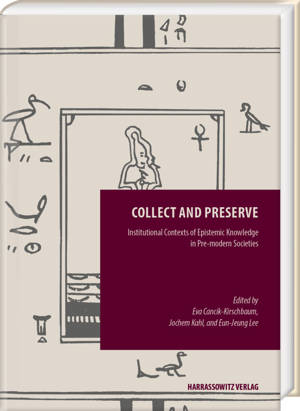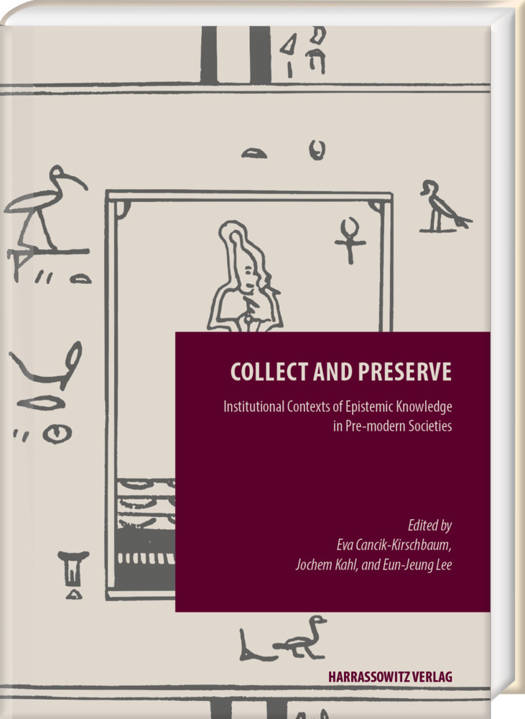
- Afhalen na 1 uur in een winkel met voorraad
- Gratis thuislevering in België vanaf € 30
- Ruim aanbod met 7 miljoen producten
- Afhalen na 1 uur in een winkel met voorraad
- Gratis thuislevering in België vanaf € 30
- Ruim aanbod met 7 miljoen producten
Zoeken
Collect and Preserve
Institutional Contexts of Epistemic Knowledge in Pre-Modern Societies
€ 139,45
+ 278 punten
Omschrijving
The use of writing for the preservation and transmission of administrative, scientific, literary and sacred knowledge has a long history. From the third millennium BCE on, many forms of social processes - intellectual, religious, political and others - have been increasingly materialized in the form of a variety of document types (tablets, bones, papyri, scrolls, parchments, books). Some of them were collected in archives or libraries that were dependent on royal palaces, governmental institutions and temples but also in private contexts. The publication Collect and Preserve assembles a number of studies devoted to material aspects of collecting texts in ancient Egypt, Mesopotamia, Qumran, Medieval Japan, and Korea under the Choson-Dynasty (1392-1910).
Specificaties
Betrokkenen
- Uitgeverij:
Inhoud
- Aantal bladzijden:
- 177
- Taal:
- Engels
- Reeks:
- Reeksnummer:
- nr. 9
Eigenschappen
- Productcode (EAN):
- 9783447108294
- Verschijningsdatum:
- 15/08/2018
- Uitvoering:
- Hardcover
- Formaat:
- Genaaid
- Afmetingen:
- 175 mm x 244 mm
- Gewicht:
- 521 g

Alleen bij Standaard Boekhandel
+ 278 punten op je klantenkaart van Standaard Boekhandel
Beoordelingen
We publiceren alleen reviews die voldoen aan de voorwaarden voor reviews. Bekijk onze voorwaarden voor reviews.







